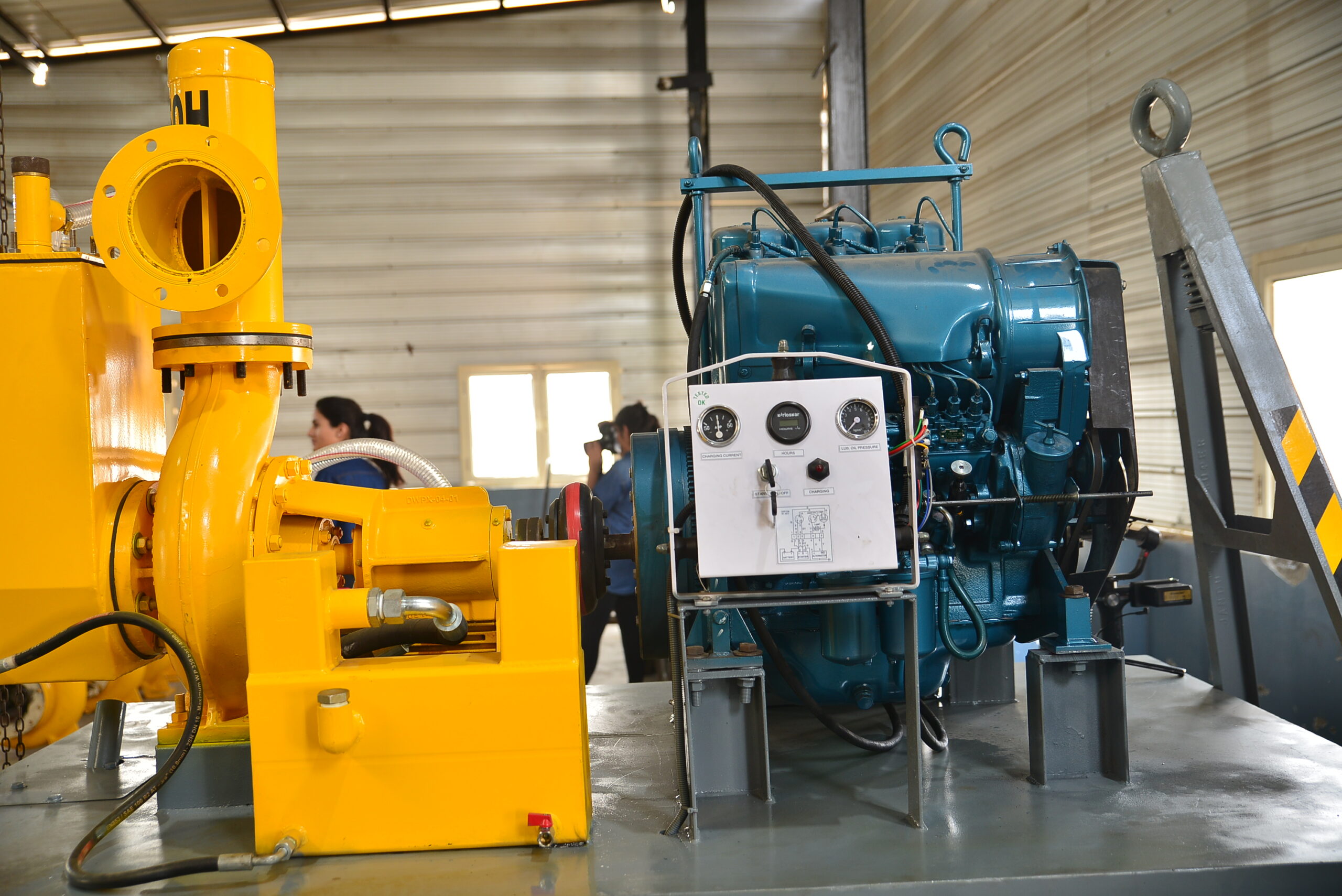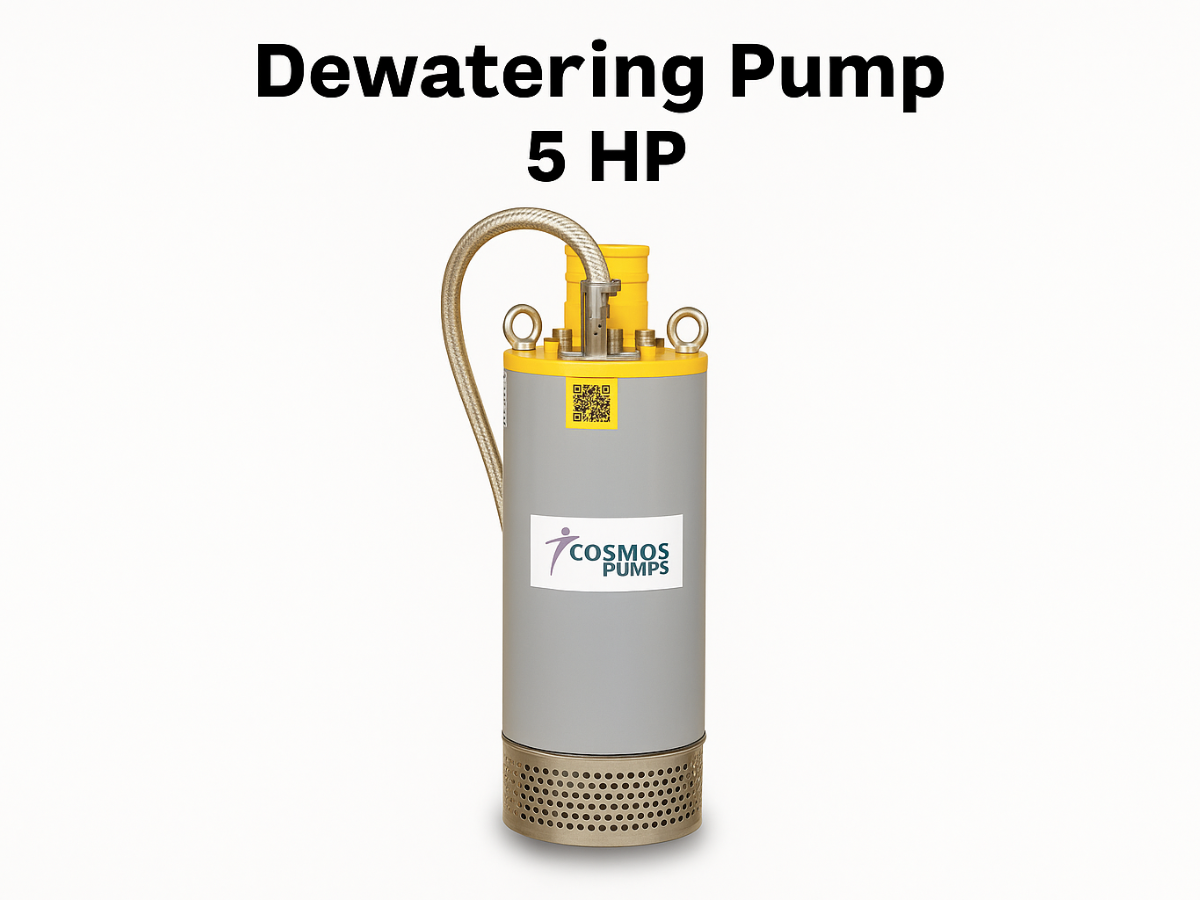
Submersible drainage dewatering pumps are significant for controlling water levels in construction sites, mines, tunnels or in places prone to water gathering. They are specifically designed to pump out the water from the area and enable working in safe and dry conditions. Whether it is using a Drainage Pump for a clean water pumping job or a sludge pump for a heavy or dirty water filled with some debris, it is imperative to understand the appropriate usage of them for the best operation and life span.
-
Choose the Best Pump That Will Serve You For Your Needs
As always, it is also very important to use the right tool for the job. Most submersible drainage pumps will remove clear or rather turbid water, which could include rain or ground water. For very muddy or dirty water containing any large items within it, a sludge pump would do better. When in doubt about the type of pump to use, ask the dewatering pump supplier about the different available options that may suit your needs for the current project.
-
Installation should be done properly
After purchasing the correct drainage pump, the next steps are the proper installation of the drainage pump to achieve operational efficiency.
- Assess the power source: the power needs for the pump (electric or tractor) should be available at the site.
- Correctly orient the pump: the pump should be located at the lowest point of a water collection area, with the pump suction fully submerged to ensure that there is constant flow of water through the pump, hence preventing dead head on the pump and overheating due to running dry.
- Employ a firm discharge hose: A proper length of discharge hose should be connected in order to direct pumped water away from the premises. The hose shouldn’t have kinks or sharp bends that can obstruct the flow of water.
-
Squeeze the Pump to Turn the Pump on.
Activate the pump and allow it to start removing moisture. Submersible pumps are meant to be plunged into the water and therefore there is no fear of the pump being wet. However, the performance of the pump itself should be observed always:
- Watch the tunnel for any obstructions: The sludge pump in use is also subject to these problems from time to time, so be on the lookout for anything that could impede the pump over time.
- Overrunning the water: A submersible pump has to be underwater otherwise, it will scorch or get damaged. If the water level recedes to below the pump’s intake, switch the pump off to avert running it dry.
-
Periodic Maintenance
In order to maintain long-term productivity, always carry out painstaking maintenance on your submersible pump:
- Inspect seals and cables: Perform thorough examinations of the tank’s rubber seals and the power cords to the submersible pump. Failure to do so engineers may risk poorly applied seals that may allow water ingress into the motor casing and cause motor damage.
- Remove obstructions from the intake screen: The hole that sucks in water could be filled with dirt. Cleaning this part is important so that water flows without any limitation.
- Grease any moving components: Regular lubrication of mobile components in the pump should help in enhancing its efficiency as well as increasing its durability.
In the event that self-maintenance of pumps is not an option or there is a one-off need for removal of water, dewatering pumps on rent may work best. Pumping equipment rental allows you to use high-end equipment and technology without having to own it. Many of the suppliers also offer repair services during the period of rental.
-
Renting Dewatering Pumps, Which Is Also a Component of the Budget
For instance, if it is temporary employment, dewatering pumps for rent is an option that incurs no extra cost. The time frame of renting equipment enables customers to access modern equipment and technologies as well as the services of a dewatering pump supplier who is familiar with the logistics and end use of the equipment.
Moreover, renting also means that there is no hassle of storing or looking after the equipment once the project is done. Additionally, in the event of a malfunction, most rental organizations have standby units on hand to facilitate continuity in the operation or execution of the project.
Conclusion
When it comes to the use of submersible drainage dewatering pumps, principles of usage should be observed in order to ably manage water in any given site. Be it a water drainage pump for removal of clean water, or a pump for dealing with sludge in water, it will be a matter of following these procedures in order to get the best performance and longevity from your machines. And where such machines are required for only a short period of time, dewatering pumps are available on rent allowing one to avoid stress. Make sure to partner with a dependable dewatering pump distributor to be able to receive the right pump without compromising the expert advice.
Employing the correct Drainage and Sludge Pump, in conjunction with its right use, gives drying and safe conditions on the project site, minimizing delays and increasing efficiency.

